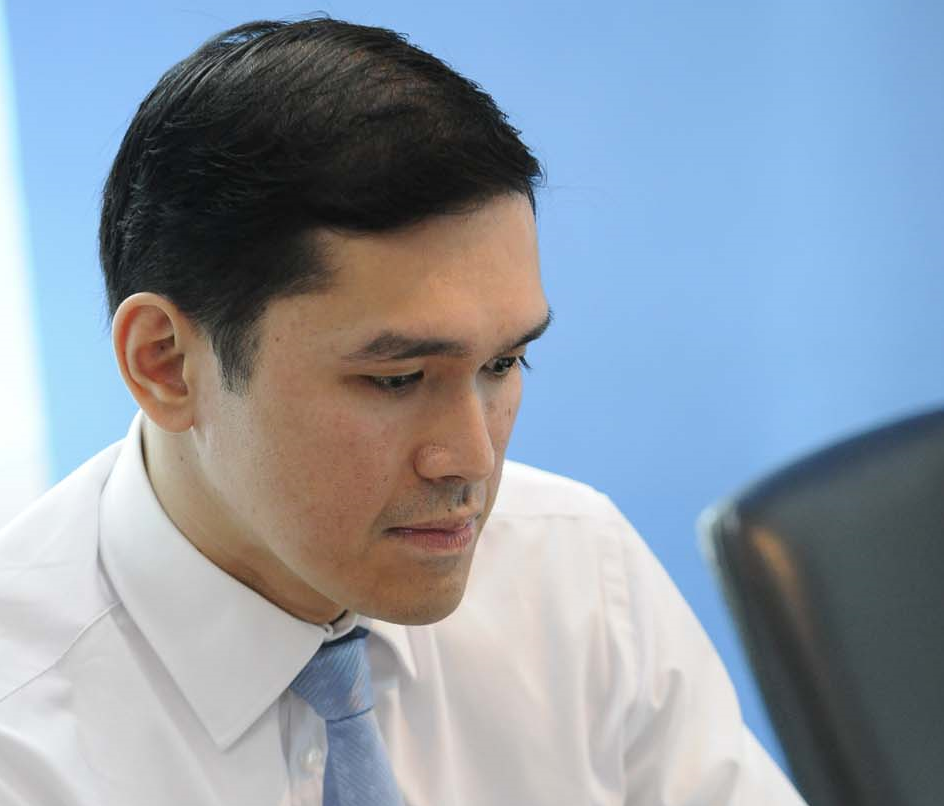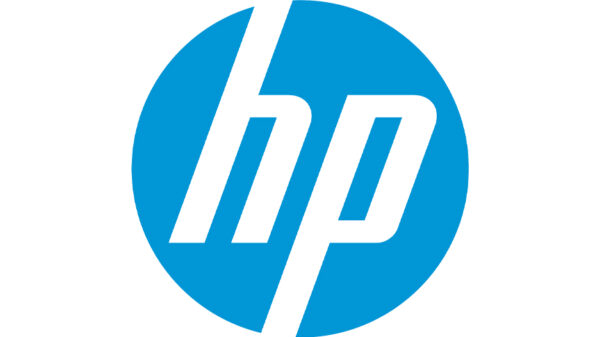By Ryan Guadalquiver, Managing Director & General Manager, Enterprise Business, HP Philippines
As organizations move to capitalize on the expanding digital age, the modern chief information officer is morphing into a frontline role with responsibilities embedded more deeply across the business. The ‘I’ in CIO no longer stands simply for ‘information’ as enterprises strive to use technology as a key enabler of innovation across all parts of their business.
Just about every C-suite executive wants a sizeable share of the enterprise IT budget to realize their goals and remain competitive.For organizations to succeed in this rapidly evolving technology environment,the modernCIOs must take action on multiple fronts.
They must be prepared for the spread of cloud and mobile computing, they need to manage the huge increase in big data and they should be considering new context-aware layers as part of their analytics services. Equally important, security measures need to be strengthened to combat an insidious growth in cybercrime.
It means that to stay ahead in this new world, the ‘I’ in CIO must also reflect ‘interpretation, improvement, interconnected and invasion’.
The Chief Interpretation Officer
The global explosion in structured and unstructured data presents a formidable challenge for organizations – and also a great opportunity. With the volume of digital data predicted to reach four zetabytes in 2013 – almost 50 percent more than 2012 volumes – CIOs must find new and better ways of interpreting it.
To analyze big data from multiple sources in real-time to make it relevant, quantifiable and actionable, an organization needs a next generation optimized analytics infrastructure. The key goal is to exploit human information – consisting of social media and unstructured data – to improve the customer experience, manage brand reputation and drive innovation.
At its most advanced level of business enablement, analytics will also be able to model “what if” scenarios to improve enterprise agility. It will go beyond simply measuring and describing the past to providing an accurate insight into what is likely to happen to drive decision-making.
The Chief Improvement Officer
The trend towards cloud and mobile technologies continues to accelerate as organizations search for new ways to drive growth, increase flexibility and lower costs. Implementing private cloud or infrastructure-as-a-service allows organizations to take advantage of the latest hardware, software and services to meet current needs – no matter how much they change. But to realize the true benefits of these game changing technologies, companies must first realize that cloud and mobility are not inherently suited to every application within an enterprise IT portfolio.
Legacy applications that cannot run on these platforms risk becoming obsolete, which means a modernization program is a priority.By determining which applications are right for cloud and which are right for mobile, organizations can:
• Improve time to market by selectively targeting applications that will drive the most business value
• Increase responsiveness to enterprise priorities and changing demands of customers
• Manage risk and maximize IT resources with a non-disruptive approach to assessing and transforming applications
• Apply appropriate modernization strategies to reduce application costs and increase their value, while reducing infrastructure and operations costs
The Chief Interconnected Officer
The proliferation of mobile devices combined with the increase in volume, velocity and variety of data means employees and customers now expect to access information at anytime and anywhere. It is a trend which is changing the way enterprises create value and drive competitive differentiation.
Integrating mobile-based applications with cloud will become a critical component of enterprise architectures in 2013 to help meet this demand. It will allow organizations to quickly create new services and business models to engage with customers.
To succeed, market leading mobile cloud applications will need to:
• Understand user preferences and deliver highly personalized interaction
• Seamlessly integrate information services and deliver them on multiple devices
• Identify the user’s location and device
• Understand the context including past interactions
• Be highly responsive and truly scalable to support unpredictable growth patterns
While the benefits are significant, concerns about compliance, governance, security and privacy will be a barrier to adoption.
Changing the way information is stored, accessed and shared – and bolstering comprehensive security across the enterprise – must be front of mind in such a converged mobile cloud environment.
New policies will also have to address big data issues, non-traditional information sources and unstructured data.
The Chief Invasion Officer
Cybercrime is increasing in intensity and sophistication, costing organizations time, money and potentially their reputation.
A recent study found the occurrence of successful cyber-attacks on organizations has more than doubled in two years to 102 per week.
Information theft continues to represent the highest cost followed by disruption to business or lost productivity, with the average annualized cost of cybercrime across the US, UK, Germany, Australia and Japan totaling $5.3 million per year.
A worrying trend is that cyber criminals are becoming more aggressive, with attacks targeting foreign intelligence services, ‘hactivists’, organized crime and insiders.
Security is even more complex with the spread of cloud services because the entire ecosystem is no longer under a centralized organization’s control.
To reduce the risk CIOs must be proactive and deliver a whole-of-enterprise response which:
• Builds security into the fabric of each process or service early in the lifecycle, rather than trying to secure systems as an afterthought
• Uses security intelligence which leverages multiple sources delivered in context so that threats can be detected before they do damage
• Protects mission-critical business services such as e-commerce, supply chain or messaging systems that the enterprise relies on every day
Foreseeing change
In such a dynamic and fast-moving IT environment, modern CIOs also need a fifth ‘I’ – the ‘insight’ or ‘intuition’ to predict the future.They have to anticipate next year’s trends and allocate their IT budget accordingly – across the entire enterprise.
CIOs that plan well and are strategically ready to take advantage of future technology changes will have more time to innovate.
The new role is all about having the adaptability and agility to unlock the immense potential of this exciting new digital age to create a market winning lead.
















































































































